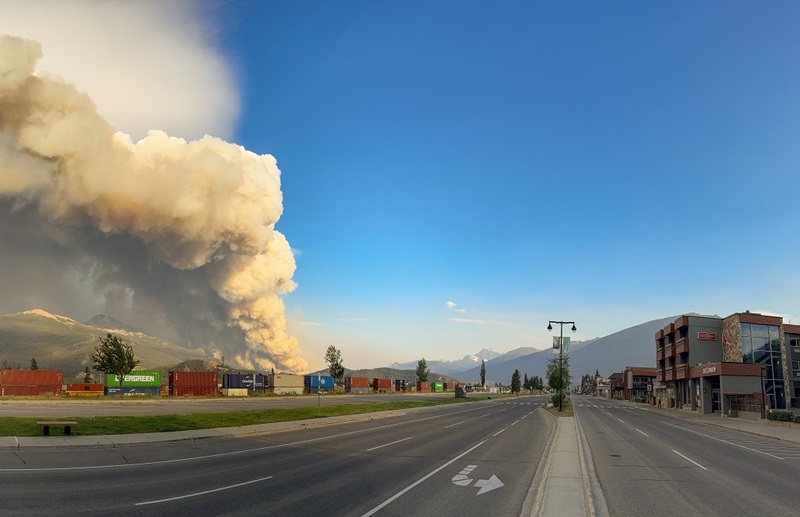Captain Obvious: Premiums will rise after 2024’s loss year

If one consequence of insurers paying out $7.6 billion in claims damage for severe weather events isn’t obvious enough, P&C insurance industry professionals are spelling it out: consumers can expect to see their property premiums increase sometime in the near future.
“I’m happy to be in an industry that’s trying to actually meet the consumer’s demands. So I don’t think it’s a situation where insurance companies are going to make insurance less available,” says Bill Premdas, executive director for KPMG’s P&C actuarial practice. “But it’s probably going to be more expensive, and that’s across all sectors.”
According to a KPMG poll of Canadian businesses, 92% fear their organizations will be hit by a climate-related event this year. The poll was conducted in June — a month before four catastrophes hit back-to-back across Canada, causing more than 228,000 claims.
Businesses are also worried about the financial impact of Cats. More than half (56%) say they suffered a hit to their profitability because of extreme weather events in the previous year; saw significantly increased costs (49%); or reported a loss of revenue (41%) related to NatCats.
By how much might they see their insurance premiums increase? That will of course depend on the individual risk. But numbers have been ascendent even before the Cats hit this summer.
In commercial lines, premiums increased 5.83% year-over-year, according to Applied’s 2024 Q2 commercial rating index.
In personal lines, average premiums for both auto (13.3%) and property (9.9%) increased year-over-year in 2024 Q2. The Q3 rating index has yet to be released.
“From 2021, it’s pretty much consistently gone up every year,” says Matt Hands, Ratehub’s vice president of insurance. “Because of these losses [and] the impact of inflation, insurance companies are having to increase the price that Canadians pay for insurance in order to cover the losses and to keep their balance sheets in check.”
Given the severity and intensity of weather events across Canada this year, one has to wonder how the country’s Cat risk will be viewed by insurers, nationally and internationally.
“It’s been called out that Canada has become a more risky place to insure,” says Hands. “How that impacts Canadians is directly in their policies; in the cost we’re paying to insure,” says Hands.
But do clients have that same perception about their risk?
“I would say there’s probably a growing positive trend that people are trying to educate themselves more, and become more aware,” says Hands.
Many clients don’t know building resilience is in their hands. And while there are tangible ways to build resilience — like installing backwater valves to prevent flooding, or clearing combustibles away from your property during fire season — reviewing your policy should be the first step, says Premdas.
“If people could look at their policy and understand what’s covered — or they have an insurance agent…or insurance broker that can help them understand what coverage they have. Can they get more? Should I get more? — that’s going to become more important.”
Photo Credit: A wildfire burns as an empty street in Jasper, Alta. is shown in this Wednesday, July 24, 2024 handout photo from the Jasper National Park Facebook page. THE CANADIAN PRESS/HO, Facebook, Jasper National Park







